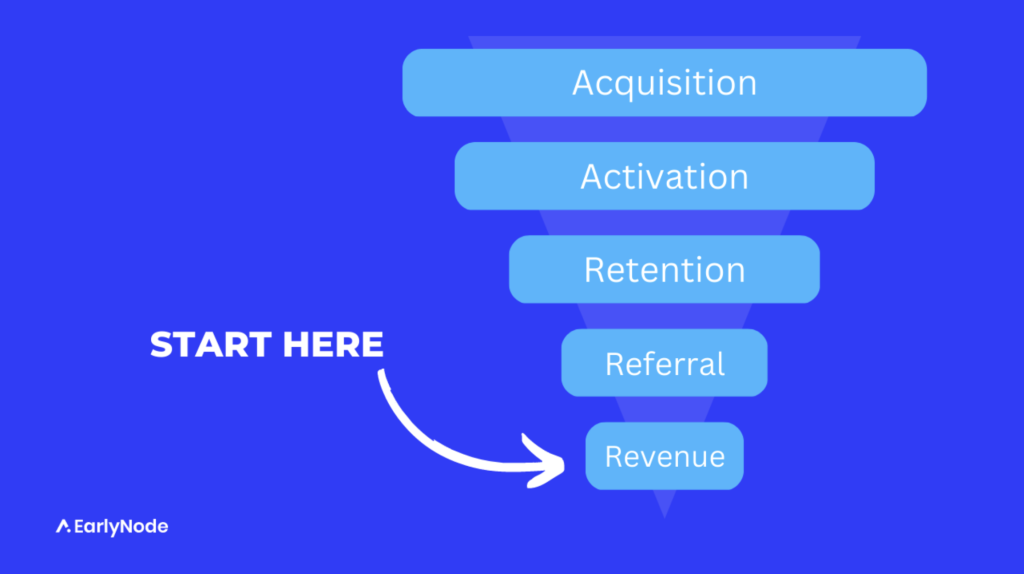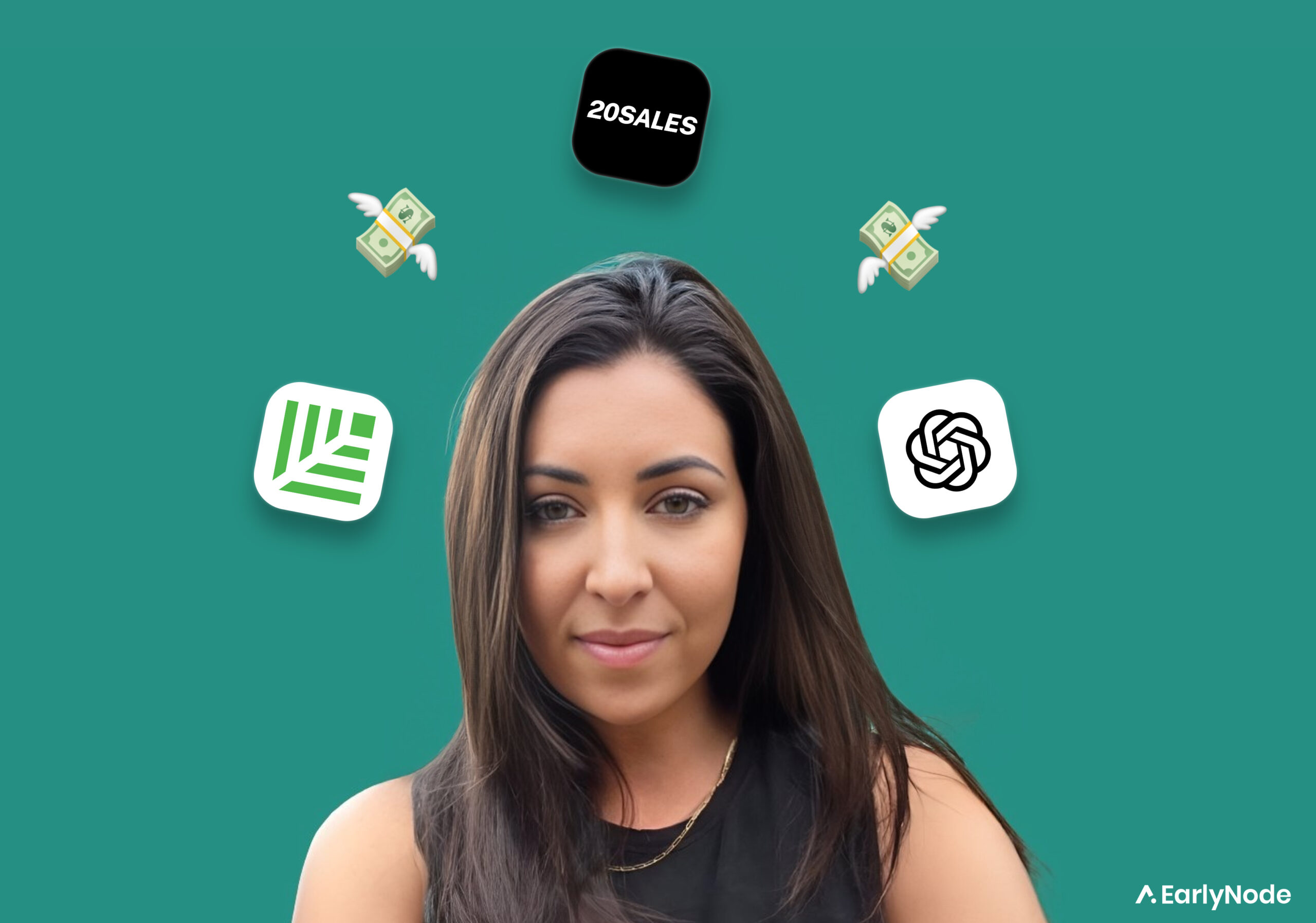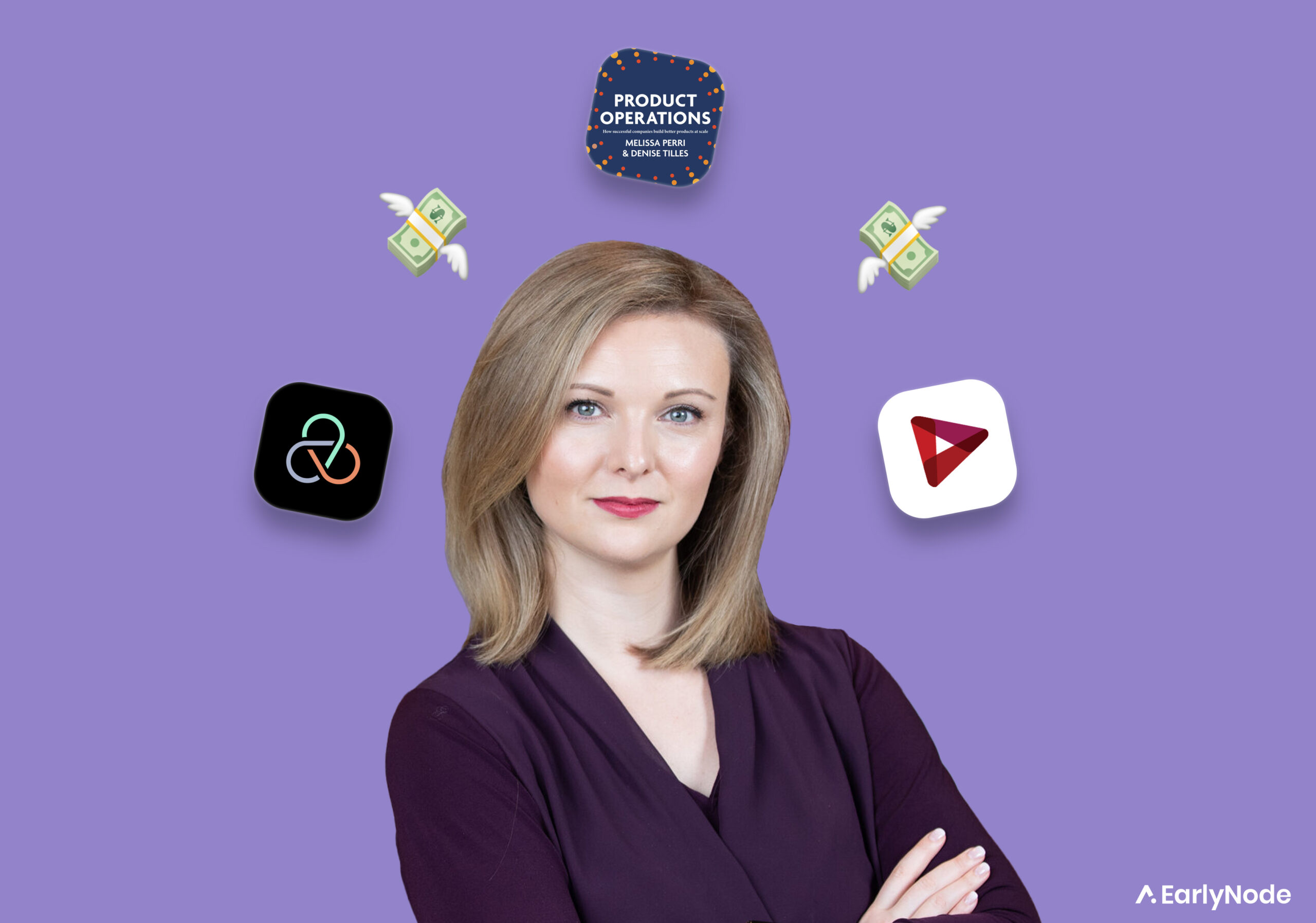SaaS Marketing Frameworks & Hot Takes | Corey Haines

In The SaaS Operator newsletter from 14 March 2023:
We spent 40+ hours researching everything Corey Haines has ever published on SaaS marketing. Haines is the former Head of Growth at Baremetrics and a marketing advisor to SavvyCal, Evercast, and Riverside FM – and a SaaS marketing wizard.
Here’s what you will learn:
- How to focus on initiatives that move the revenue needle
- Why you can’t trust the 3:1 LTV to CAC Ratio
- How your marketing attribution might be misleading you
A Revenue-First Approach:
The Pirate Framework is a commonly-known model that SaaS companies can use to visualize, understand, and influence user behavior to optimize the revenue funnel.
This model can be explained with the acronym AARRR (which sounds like a pirate, hence the name).
AARRR stands for Acquisition, Activation, Retention, Referral, Revenue – 5 user behavior metrics that are key for product-led growth businesses.
Most marketers would approach this framework by jumping right into skyrocketing acquisition. But when Corey Haines joined Baremetrics as Head of Growth, he decided to flip that on its head.
He started from the bottom, focused on moving the revenue needle for Baremetrics, and worked his way up from there.
And thus flipped AARRR into RRRAA – an upside-down Pirate Framework.

Here are the questions he tried to answer in each phase of his upside-down journey through the Pirate Framework:
Revenue: Can the pricing be improved? Are there upsell opportunities?
Referral: Is there a way to stimulate word of mouth?
Retention: How long are customers active? Is there enough focus on retention?
Activation: How is the onboarding experience going? Can trial-to-paid conversion be improved?
Acquisition: Which marketing channels are working? What can I double down on? Which marketing channel to move to next? More on this later…
Corey believes in improving the funnel before turning attention to acquisition. Because when your funnel is rock solid, your marketing investments won’t go down the drain.
4 Wisdom Nuggets from Corey Haines
1. Stop using LTV to determine profitable acquisition cost.
LTV is historically a metric tracked by commerce companies where the customer buys 2-3 fixed-price items in their lifetime, spending a very predictable amount which becomes their LTV.
But in SaaS, it’s almost impossible to assess the lifetime value of a customer.
Stop using LTV to decide what is profitable CAC for your company. The payback period is a way better metric because it doesn’t rely on anything you can’t control.
Corey Haines, in a podcast interview
LTV is typically calculated by dividing the average revenue per customer by the average churn to land on the lifetime value. Then they use this value to calculate a profitable CAC, which is a big risk because churn is not constant.
It increases or decreases with every new customer cohort, product change, external event like Covid-19, recession, or competitor entering the market. Simply put, you can’t fully control your churn rate and keep it the same every month.
So you shouldn’t blindly go by the 3:1 LTV to CAC ratio and spend $2000 on acquiring a customer because they might spend $6000 in the future on your SaaS.
Here’s what you can do instead:
Use the payback period instead of LTV to calculate what you can reasonably spend to acquire a customer.
The payback period is a measure of how long it takes a customer to pay back his acquisition cost.
Quick Benchmark:
A 3-6 month payback period is great.
A 6-12 month payback period is good.
But when it gets over a year, scaling gets very hard and cash-intensive.
The payback period also tells you how big of a marketing budget you need according to your monthly spend.
For instance, if you’re planning to spend $10k/month with a 6-month payback period, you’ll need $60k in the bank to keep acquiring more customers before the monthly revenue could fund your marketing efforts.
2. Your marketing attribution might be misleading.
Most of the marketing SaaS companies end up doing is top-of-the-funnel marketing. It’s all about “How did our current customers learn about us in the first place? And how do we get in front of more people in the same way?”
This is called first-touch attribution.
But here’s the problem, Google Analytics (and most other analytics tools) are misleading because they only show the last-touch attribution by default (and you can’t change it).
Last-touch attribution doesn’t tell you anything about where to put your marketing dollars, what channel to double down on, and what actually hooked your customers to your funnel.
💡 Pro Tip from Corey: Ask customers, “Where did you hear about us?” in their onboarding journey. It shouldn’t be a multiple-choice survey. Let them answer in a free form text field.
3. SEO still rocks
SEO may not be able to give you a newcomer advantage like Tiktok or other upcoming social platforms. But it gives you one thing that marketers crave: existing demand they can capture.
Corey Haines believes that “Capturing demand is still easier than outbound selling.”
With Social Media, you create “hype” to get your potential customers. With SEO, when someone searches for something they express a demand that you can capture.
SEO is also one of the few channels that are truly compounding, meaning it will bring recurring traffic on its own once you rank.
4. The truth about marketing channels
In one of his recent Twitter threads, Corey revealed what he thinks is the best way to get the most out of your marketing efforts.
After you know which channel is working best for first-touch attribution, here’s what you need to do.
- Nail down that ONE winning marketing channel.
- Double down on it.
- Keep doubling down.
- Slowly layer on the next best channel.
- Repeat steps 2 – 4.
With this strategy, it’s easy to get the most out of the best channels by focusing all your effort on them.
Who should we cover next? If you have a SaaS expert in mind, let us know by sending us an email at saas@earlynode.com.




